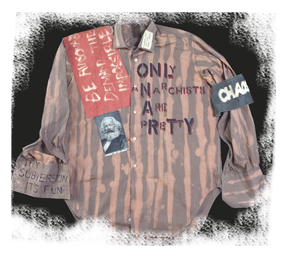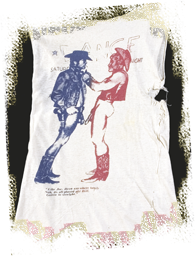SEX PISTOLS
La première partie de l’exposition est toute entière consacrée aux Sex Pistols, sans doute le groupe le plus emblématique du punk.
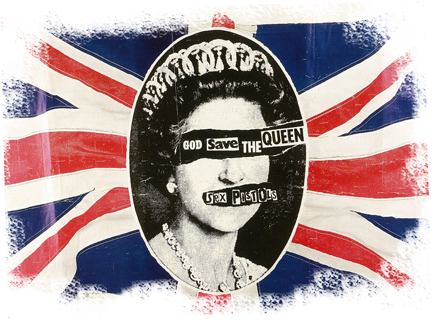

Les Sex Pistols sont nés de la rencontre, orchestrée par Malcolm McLaren, du chanteur John Lydon (alias Johnny Rotten, « Le Pourri ») et des musiciens du groupe The Strand : Steve Jones (guitare), Paul Cook (batterie) et Glen Matlock (basse, remplacé en 1977 par John Simon Ritchie, alias Sid Vicious). Lorsqu’ils commencent à se produire sur les scènes de Londres, en 1975-1976, il apparaît aussitôt que leur impact n’est pas seulement musical, mais aussi visuel. Les images qu’ils arborent ou qui les entourent sont essentiellement l’œuvre des créateurs de vêtements Vivienne Westwood et Malcolm McLaren, ainsi que de Jamie Reid, auteur du célèbre visage de la reine d’Angleterre barré par le titre de la chanson « God Save the Queen ».
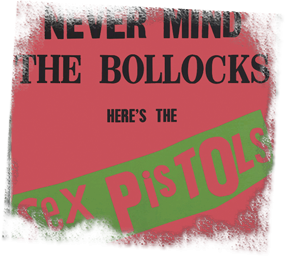
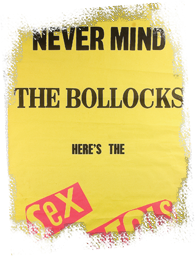
Les apparitions télévisuelles des Sex Pistols, à partir d’août 1976, diffusent pour la première fois auprès d’un large public ce spectacle de la violence par lequel s’est constituée une grande partie des codes esthétiques propres au mouvement punk. Cette iconographie provocatrice, mise en forme avec une inventivité remarquable, frappe les yeux et les esprits au-delà de la brève existence du groupe, qui explose dès janvier 1978 au terme d’une chaotique tournée aux États-Unis.

